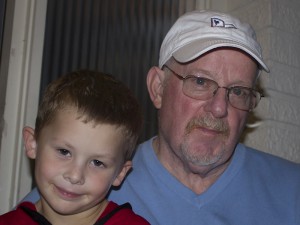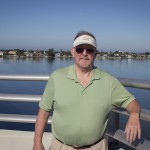It amazes me how little attention is paid to the organ damaged during a stroke – the brain. CAT scanned, MRI’d and every test known to medicine is given after one of these events. The test results are studied and a prognosis developed. Then off you go to rehab and your journey back to normalcy begins.
My recovery from three strokes didn’t jump into high gear until I realized that my brain was damaged. However, rehab efforts focused mainly on functions and my appendages. It’s much the same as rotating the tires on your car when it fails to start, so I started to rehab my brain. Be mindful, my prognosis was so grim, I hadn’t any measure of recovery.
I started with diet. My research led me to believe that your brain is made of fat, so recommended fat is healthy omega 3 ‘s, flax seed, walnuts, avocados, salmon and fish oil were my primary source of healthy fats.
Following my strokes I had bouts with depression and anxiety. I started to change my thoughts from the negative side to the positive, I faced the worst a Stroke could throw at me, I couldn’t walk, talk, swallow, and my left side was without movement. But I was alive, in a nursing facility, with family and friends caring for me. I started to meditate, trying to refocus my thoughts into a neutral place.
My disposition began to improve and I was able to focus on what I was trying to do. It began with walking, with a walker I began to focus my mind like watching a video, it was dramatic and my morale skyrocketed, and so did my progress, soon I had the ability to walk the halls in the nursing home at will.
The improvements in my physical shape were amazing, and to this day I rehearse most new activities in my mind before starting, and now some actions are automatic after hundreds of repetitions.
Six years have passed since my stroke episodes and I do most anything physical – from perfect, but by far cry from the shape I was left post stroke.
The reality is I continue to develop new actions and improve old ones and always start with nurturing my brain.
REFUSE TO BE HELPLESS


